Tuesday, 23 April 2024
Menu
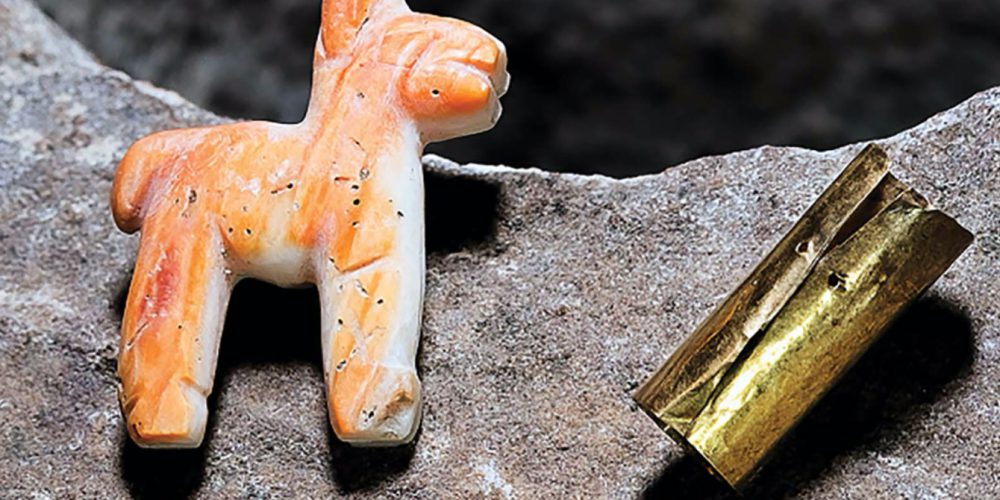
Exploration work carried out at the bottom of Lake Titicaca has managed to find an ancient Incan deposit embedded in a stone box, which researchers say was most likely an offering made to the gods.
The waters of the lake located between Bolivia and Peru were a sacred place. It comes as no surprise, then, that they are full of submerged artefacts that were offered to various deities by the ancient inhabitants of these lands. Unfortunately, many of these did not survive or were looted by thieves who saw an opportunity to make easy money.

This makes the latest discovery, which has been lying untouched at the bottom of the lake for about 500 years, all the more joyous. It is a box made of volcanic rock, hiding inside an offering in the form of a llama figurine made of the shell of a spondylus (a spiny mollusk) and a rolled-up gold plate, which was probably part of a bracelet.
“The inland underwater world remains largely unexplored and offers unique opportunities to learn about prehistoric societies. Lake Titicaca’s underwater heritage still holds many surprises.” – said marine archaeologist Christophe Delaere of the Université libre de Bruxelles in Belgium
For years, scientists have been carefully cataloguing the victims submerged in Lake Titicaca. In some of the areas explored, archaeologists have discovered animal bones, gold medallions, incense, ornaments and other figurines representing llamas and stone offering boxes.
However, the latest find was in a completely different part of the lake, which was not previously known to have been a place of worship for the Incas. It is believed that in the 15th and 16th centuries, as the Inca empire expanded from the Andes, Lake Titicaca became an important cultural and religious centre.
According to legend, the main island in the lake is the birthplace of the first two Incas, as well as the sun god, hence the name – Sun Island.

Exploration carried out in recent years at the site, known as Khoa Reef, has revealed at least 28 stone chests in varying condition. However, only a few of them still contained miniature figurines made of gold, silver or shell.
Judging by the marks found on the sides of the stone boxes, scientists believe that the sacrificial deposits were probably placed in water by the Incas as a kind of offering to the gods. The latest discovery also has similar markings and its contents resemble other Inca offerings.
What makes the latest discovery stand out, however, is the location where it was made. It was not a location previously explored near Sun Island or Khoa Reef. The chest was found on another reef, known as K’akaya and located north of the others.
A careful exploration of the lake bed revealed that the box was the only one found in this part of the body of water. And while the researchers are not yet completely sure, they believe that the box from K’akaya illustrates a religious practice similar to that encountered near Sun Island. The only difference is that the boxes from Khoa are usually cube-shaped with a cap, while the K’akaya box is rectangular, with a stopper.
Source: Antiquity

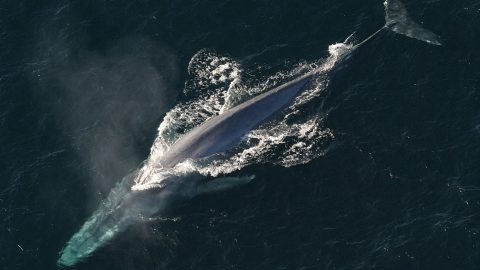
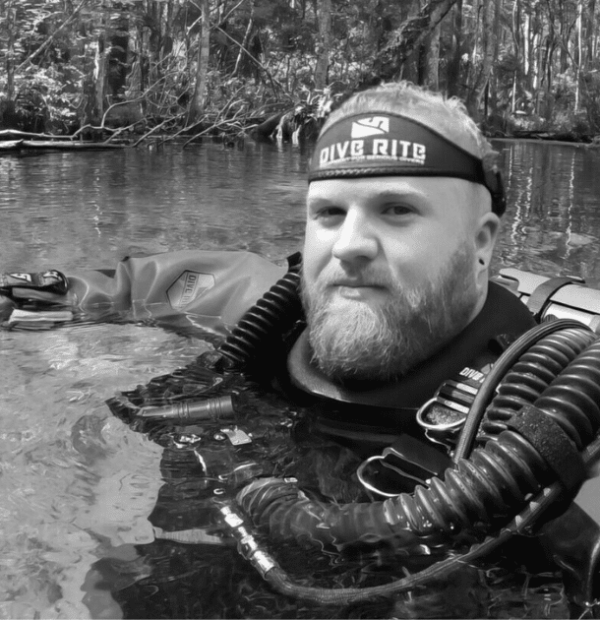

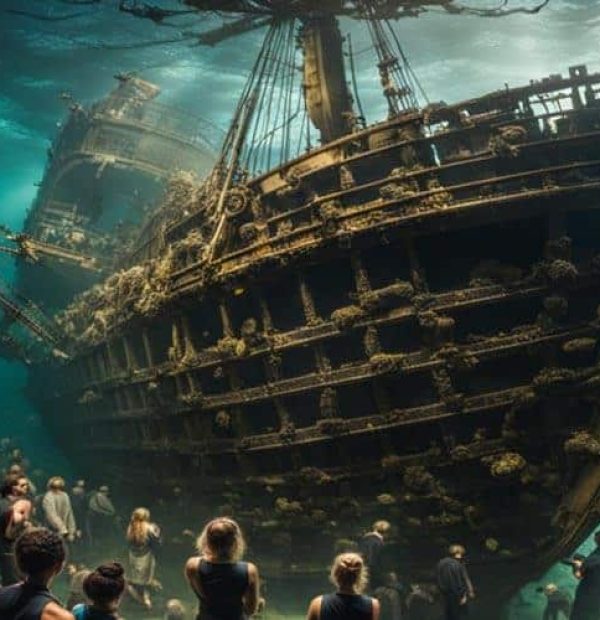
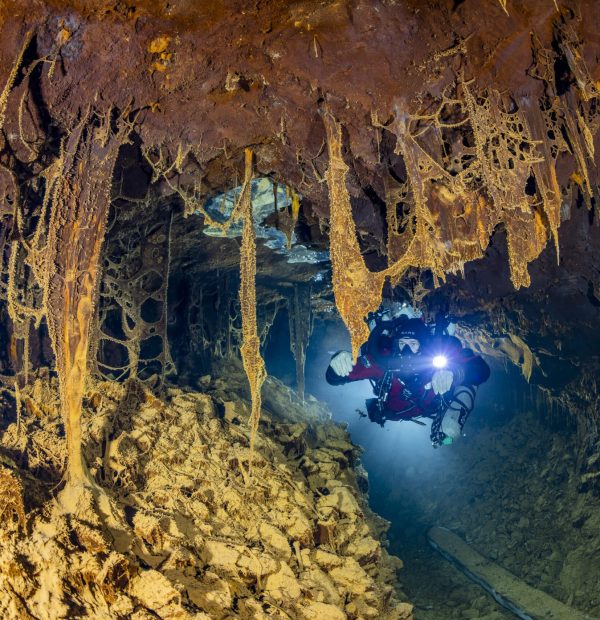
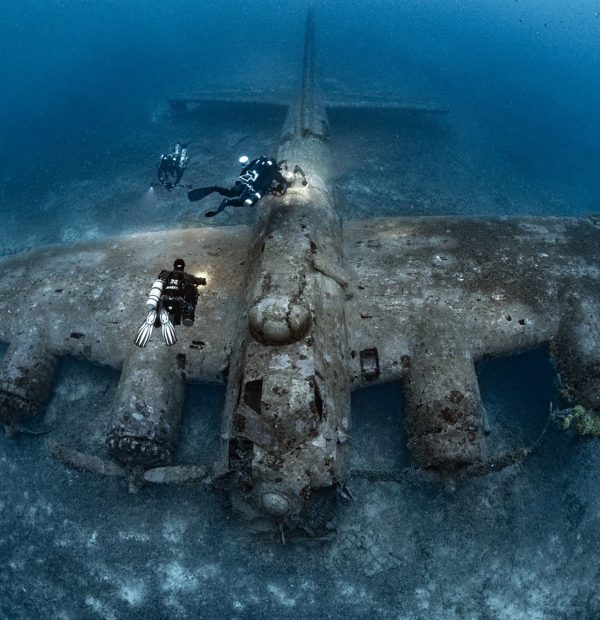
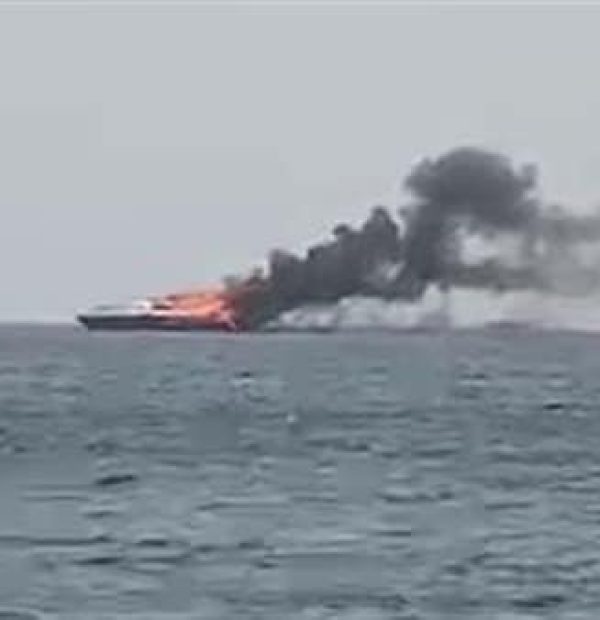
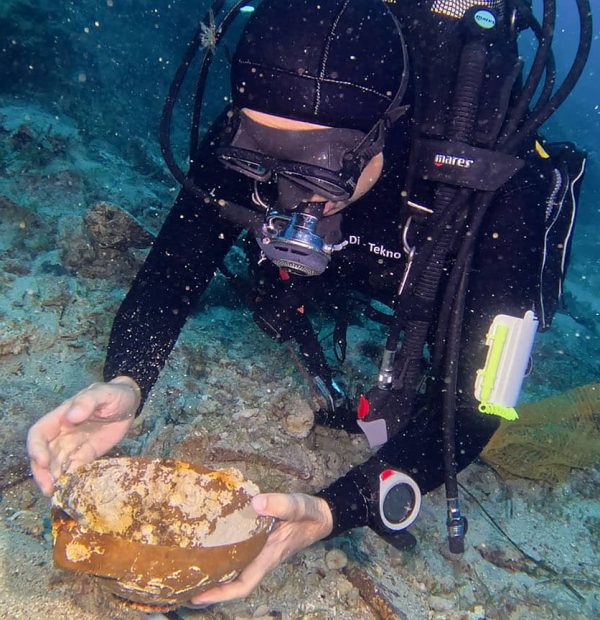

Welcome to DIVERS24.COM, your daily source of scuba news, freediving, scuba diving information, and equipment reviews. Our comprehensive coverage of the dive industry from A to Z provides you with all the latest scuba news, training updates, underwater photography tips, and everything else related to scuba diving. Whether you’re a beginner or an experienced diver looking for more knowledge about scuba gear or techniques – we’ve got it covered! With our in-depth articles written by experienced divers who have been there and done that, you are sure to find exactly what you need here at Divers24.com. Dive into scuba news today!
Underwater Media Sp. z o.o.
Szafarnia 11/F8,
80-755 Gdansk, Poland
Welcome to DIVERS24.COM, your daily source of scuba news, freediving, and scuba diving information. Sign in for a weekly news update and discount coupons for dive gear and apparel.
@2023 - underwatermedia.pl. All Right Reserved. Designed and Developed by Tworzenie stron internetowych Gdansk

The Divers24 portal is currently the largest online medium treating diving in Poland. Since 2010 we have been providing interesting and important information from Poland and around the world on all forms of diving and related activities.
Contact us: info@divers24.com